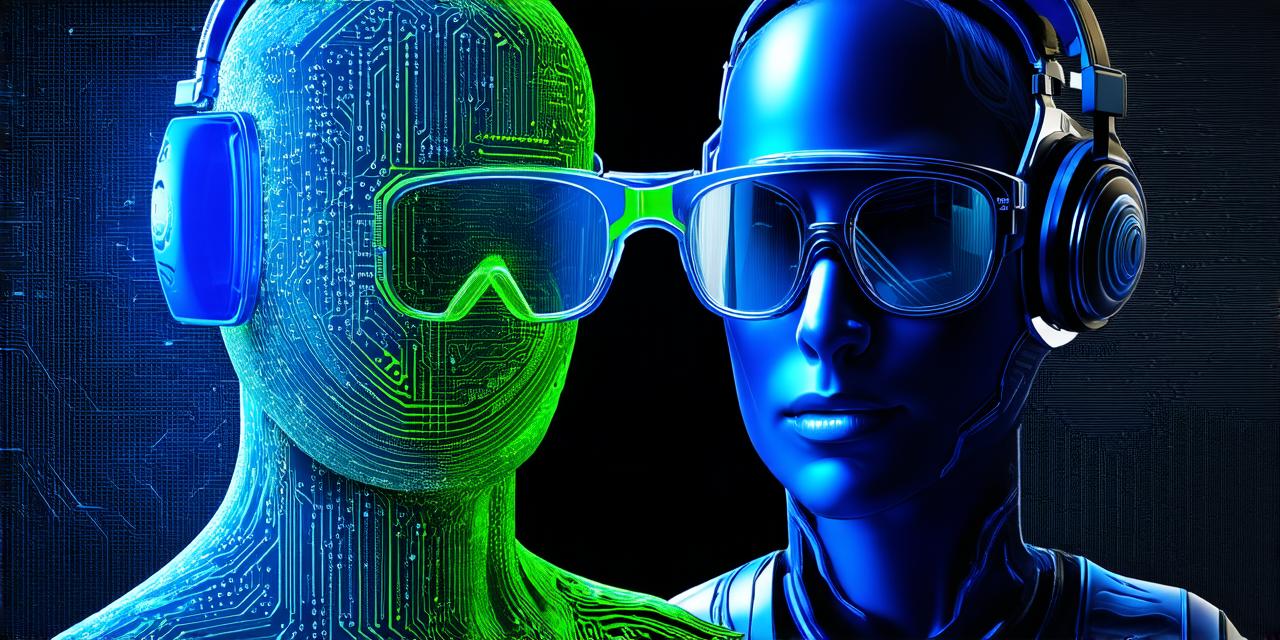Mixed reality (MR) technology has gained significant attention in recent years due to its ability to blend real-world environments with virtual objects and experiences. While MR offers numerous potential benefits, such as increased productivity and enhanced customer experiences, it also presents several adverse impacts that must be considered before widespread adoption. In this article, we will explore the negative consequences of mixed reality and their potential impact on society.
Definition of Mixed Reality
Mixed reality refers to a technology that combines real-world environments with virtual objects, images, and sounds to create an immersive experience for the user. It differs from augmented reality (AR) in that MR involves the integration of virtual objects into real-world environments, while AR overlays digital information onto the real world.
Health Concerns
One of the primary adverse impacts of mixed reality is the potential negative impact on human health. Exposure to prolonged periods of MR can lead to motion sickness and nausea due to the disorienting effect of blending virtual objects with the real world. Additionally, MR technology can cause eye strain and fatigue due to the intense visual stimulation involved.
Another potential health concern is the impact of MR on social interactions. As users become more immersed in virtual environments, they may become less engaged with their real-world surroundings and social interactions, potentially leading to feelings of isolation and disconnection.
Privacy Concerns
Mixed reality technology also presents privacy concerns as it requires the collection and processing of significant amounts of personal data. This data can include sensitive information such as location, facial recognition, and biometric data, which raises concerns about data security and potential misuse.
Furthermore, MR technology can be used to track and monitor individuals in their real-world environments, potentially infringing on their privacy rights.
Economic Impact
Mixed reality also presents an economic impact as it requires significant investment in hardware and software development, as well as ongoing maintenance and support. Additionally, the adoption of MR technology may displace existing jobs, particularly in industries such as manufacturing, construction, and customer service.
Summary
While mixed reality offers numerous potential benefits, it also presents several adverse impacts that must be carefully considered before widespread adoption. These impacts include health concerns, privacy concerns, and economic impact, among others. It is important for policymakers, industry leaders, and individuals to weigh the pros and cons of MR technology carefully before implementing it on a large scale.



